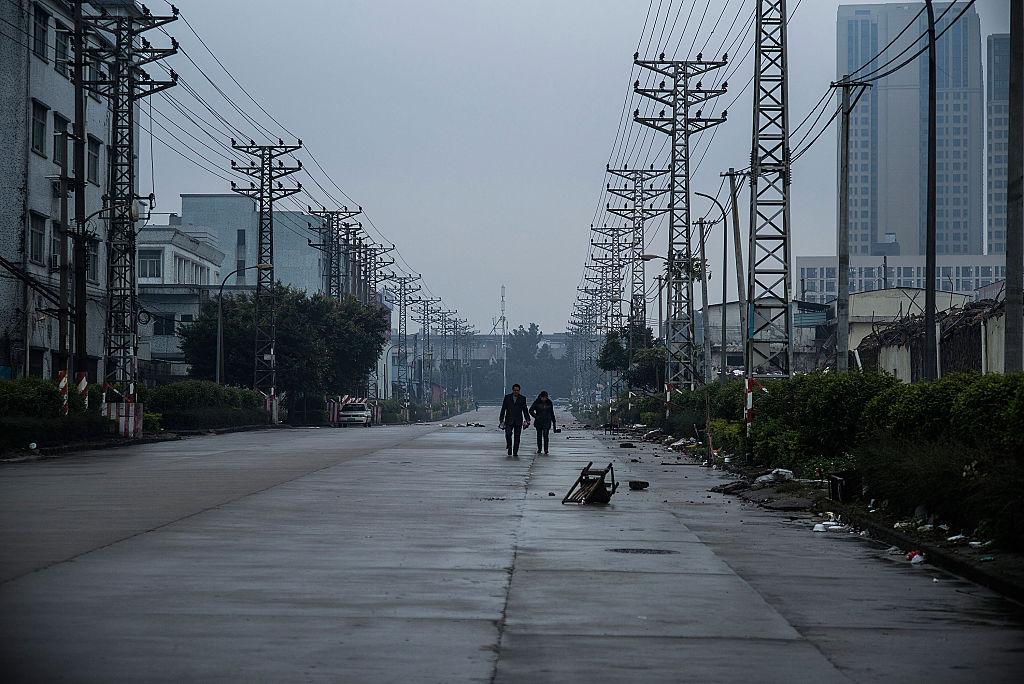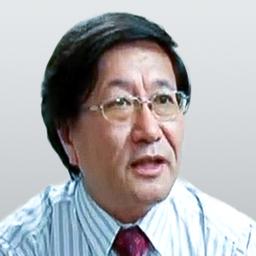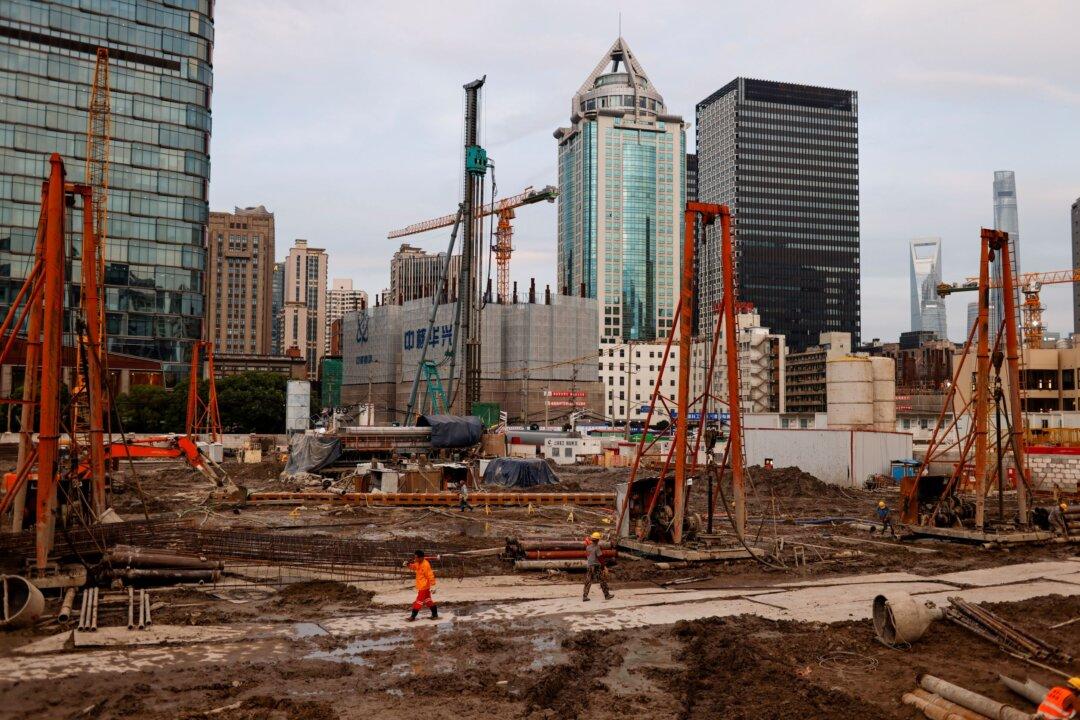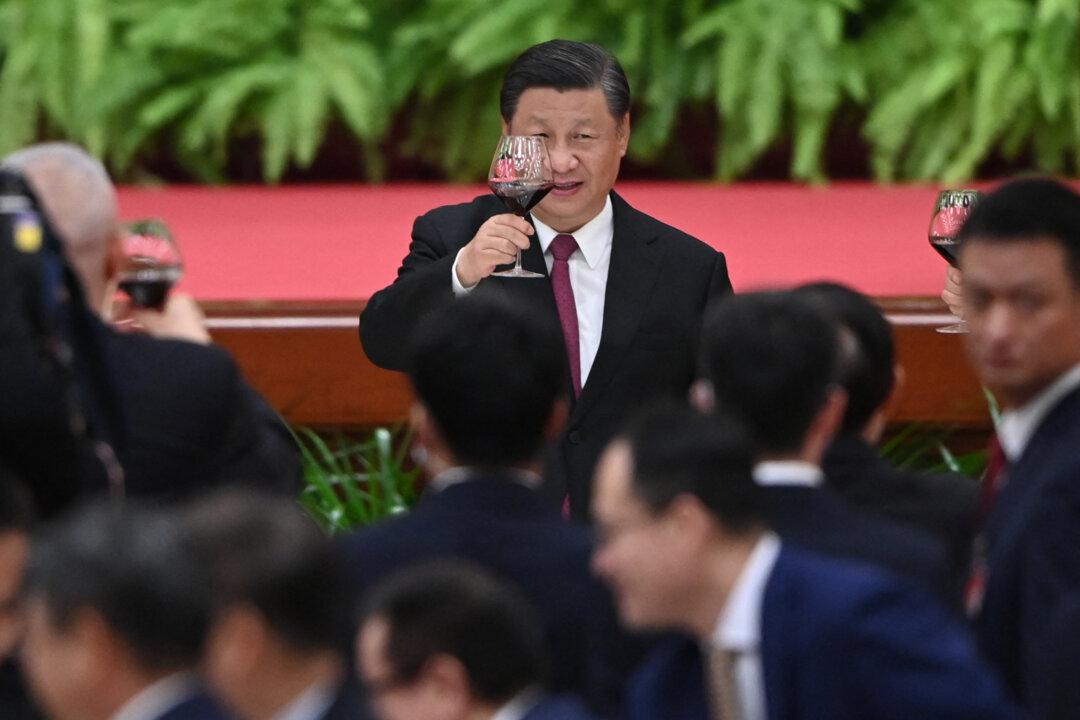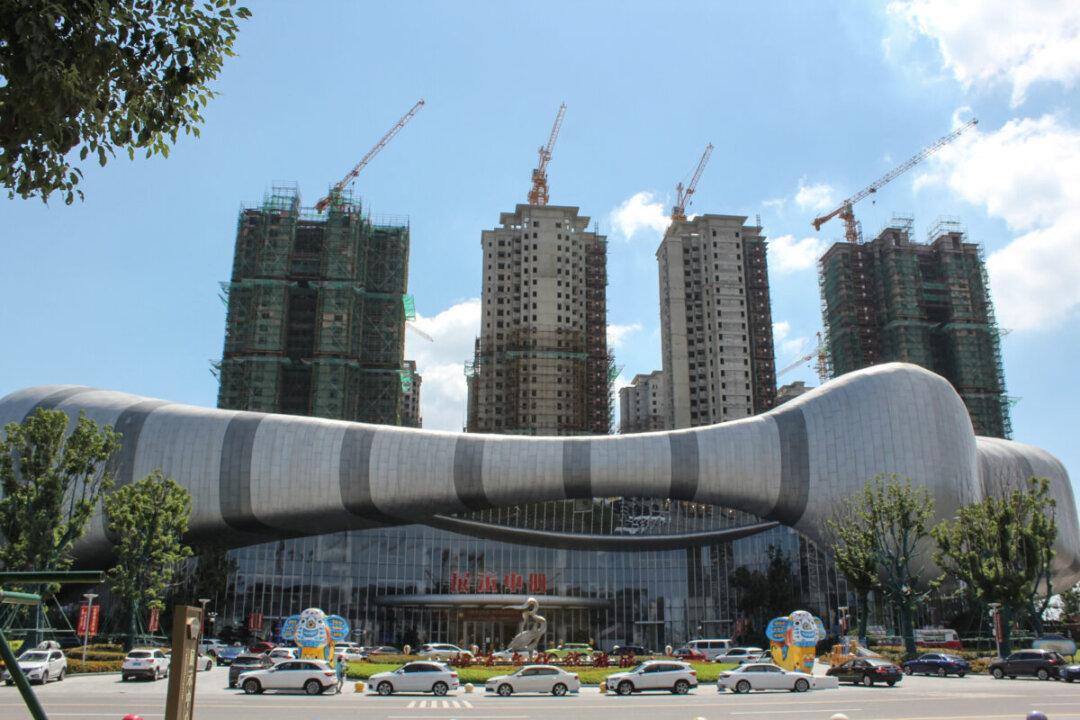Parts one and two of this series were published previously.
The privatization process of China’s state-owned enterprises (SOEs) has been a process of building a capitalist economic system. Different methods of privatization lead to different forms of capitalism. At the end of 1997, Zhu Rongji launched SOE reforms. This policy was called “Seizing the Big and Letting Go of the Small.”
“Seizing the Big” meant maintaining control over SOEs that owned large-scale assets and those related to national interests in finance, energy, electricity, telecommunications, transportation, and so on. After restructuring, these enterprises were allowed to list on stock exchanges, and they could sell part of their shares to Chinese citizens and foreign investment. However, the state still owned the majority of shares—meaning that the government continues to “seize” these companies.
“Letting Go of the Small” meant allowing privatization of small SOEs and those with serious losses, so as to rid the government of the burden. The consideration for privatization of small and medium-sized SOEs was who would buy them and in what way. In those days, the average monthly salaries of SOE directors and managers were only a few hundred yuan. Even the red elite and their relatives did not have significant financial assets.
The approach the Chinese Communist Party (CCP) came up with was to order SOE managers to get bank loans and use the SOEs as collateral for “buying” state property. It then allowed the managers to re-register the SOEs in their names or in the name of a family member. Then, as business owners, they would use business funds to repay the private loans.
Another approach used was for SOE managers to force employees to purchase a part of the business. Employees had to use their family savings to buy into the company in order to keep their jobs. But employees were not allowed to get involved with the transfer of business assets. They were forced to supply funds so that the managers could get ownership of the business.
At the same time, the authorities allowed families of those in power to acquire shares in large listed enterprises through their personal networks. They received free shares and made huge profits when stock prices went up.
Two Privatization Phases
China’s privatization began in the second half of 1997 and was basically completed in 2009. In 1996 China had 110,000 SOEs, and at the end of 2008 there were 9,700 left, including partially privatized large SOEs with the government owning the majority of shares. Privatization was divided into two phases.
